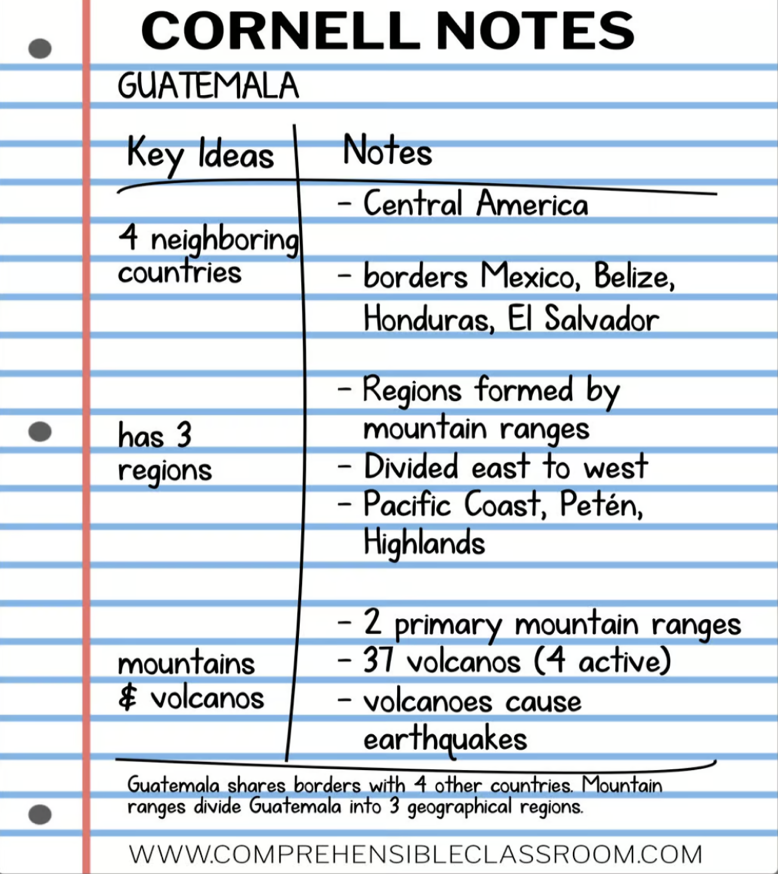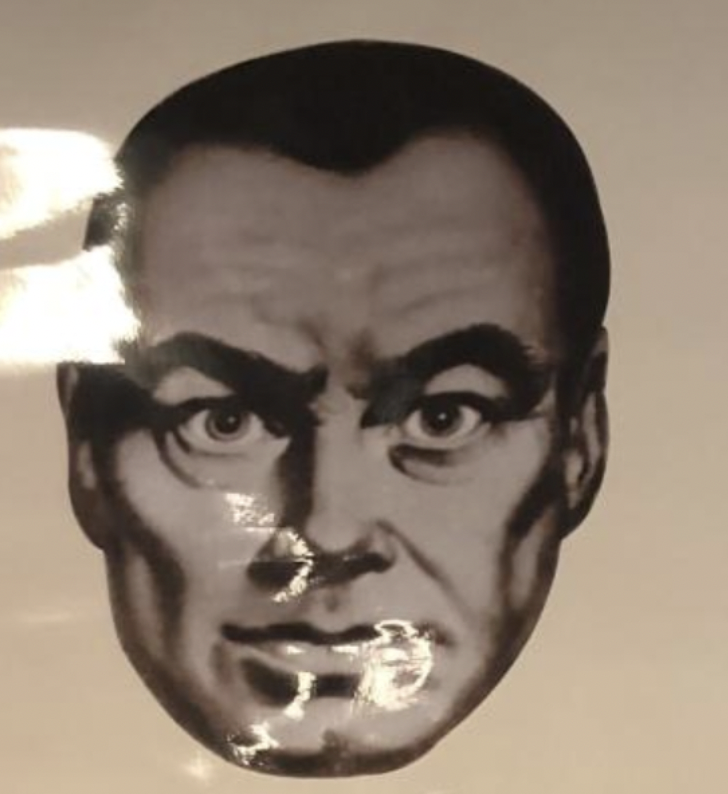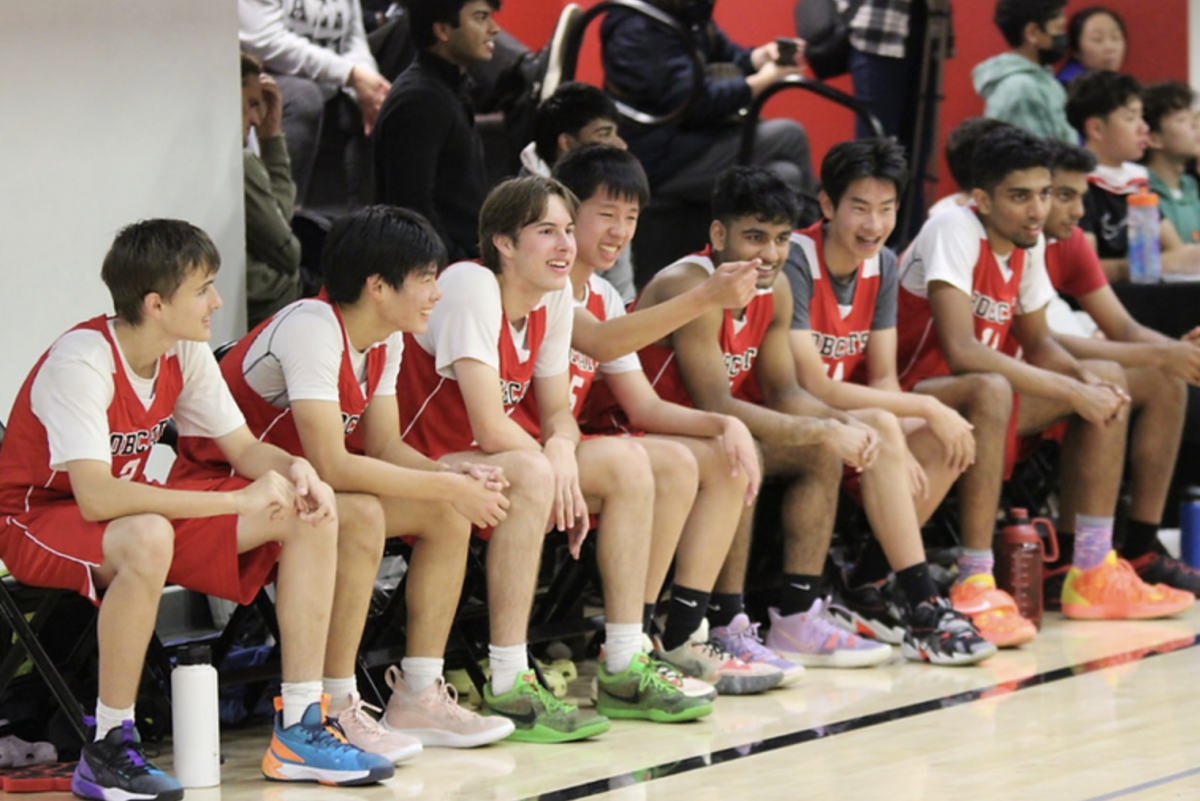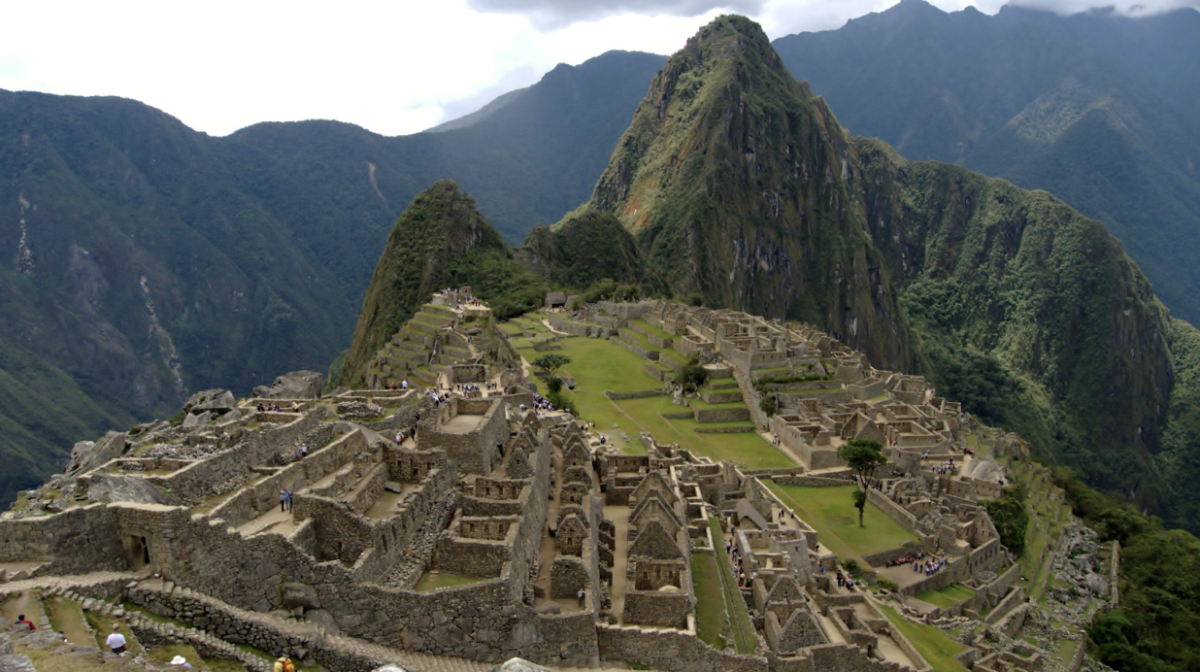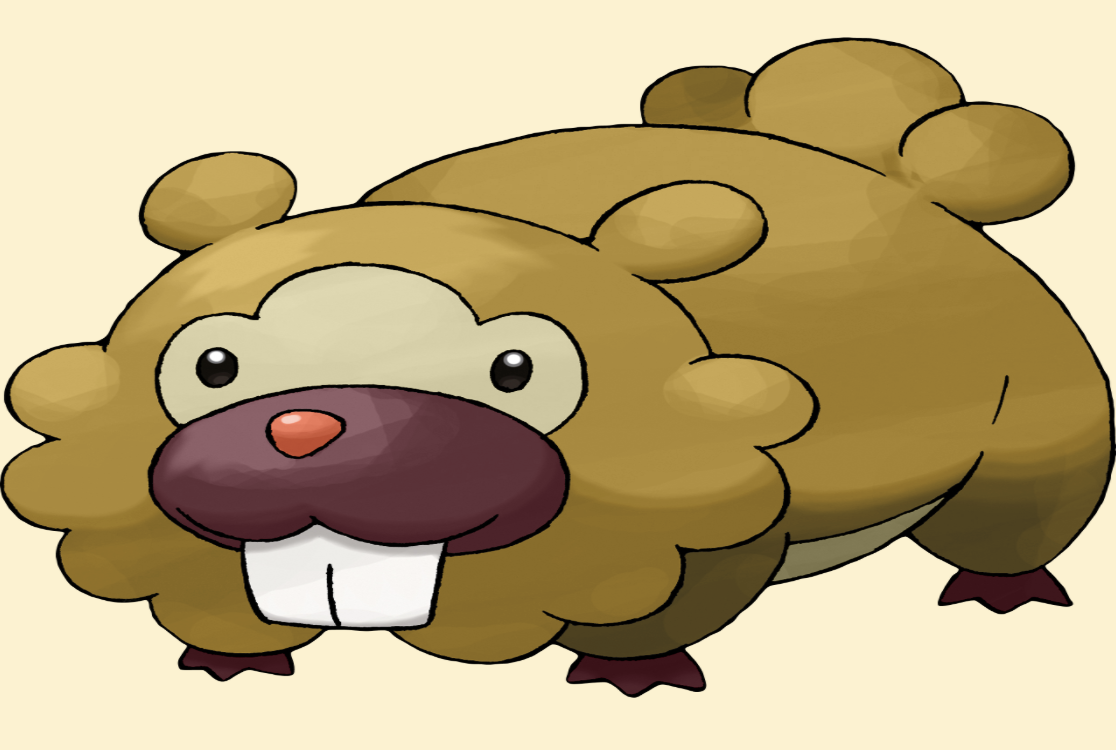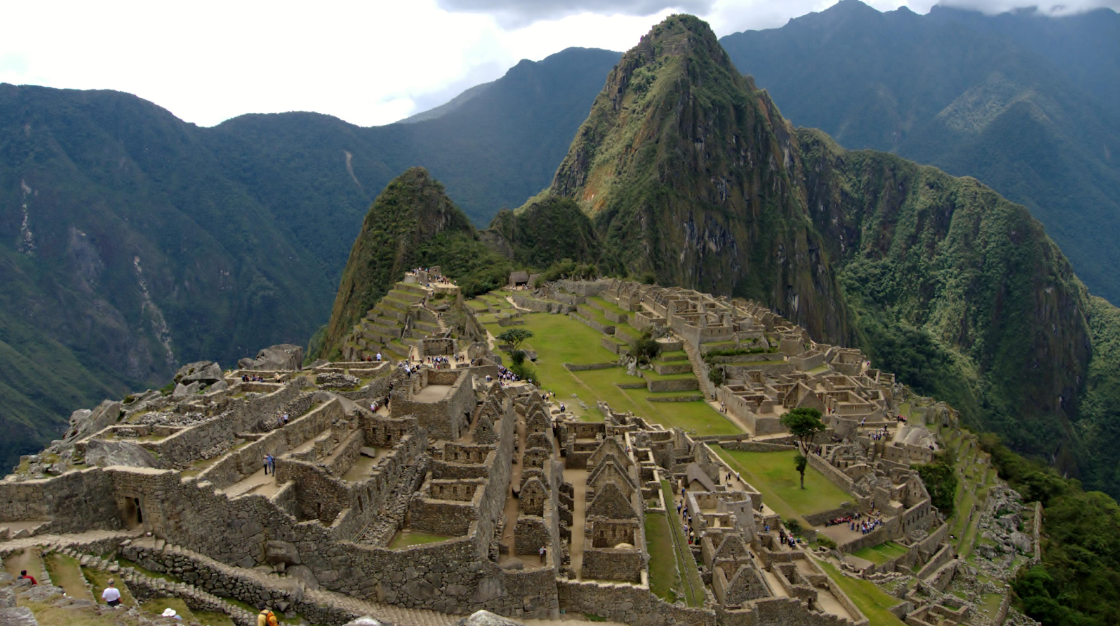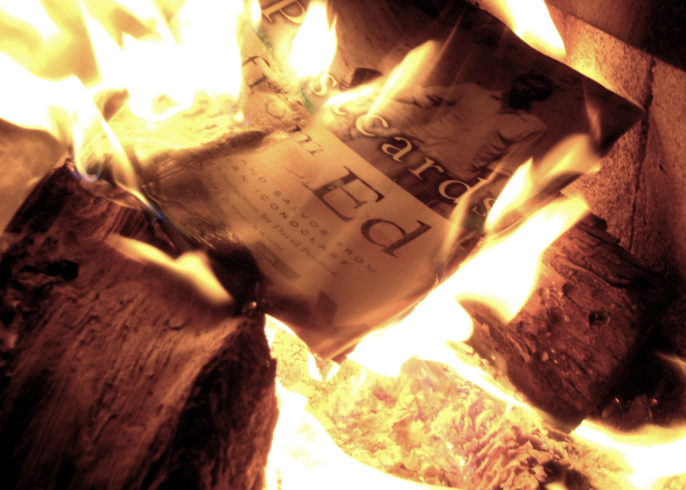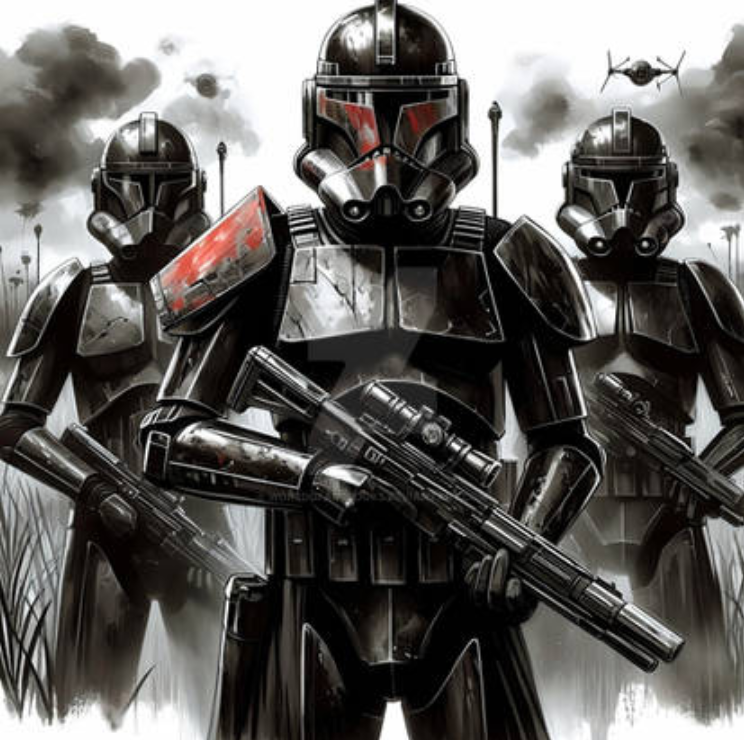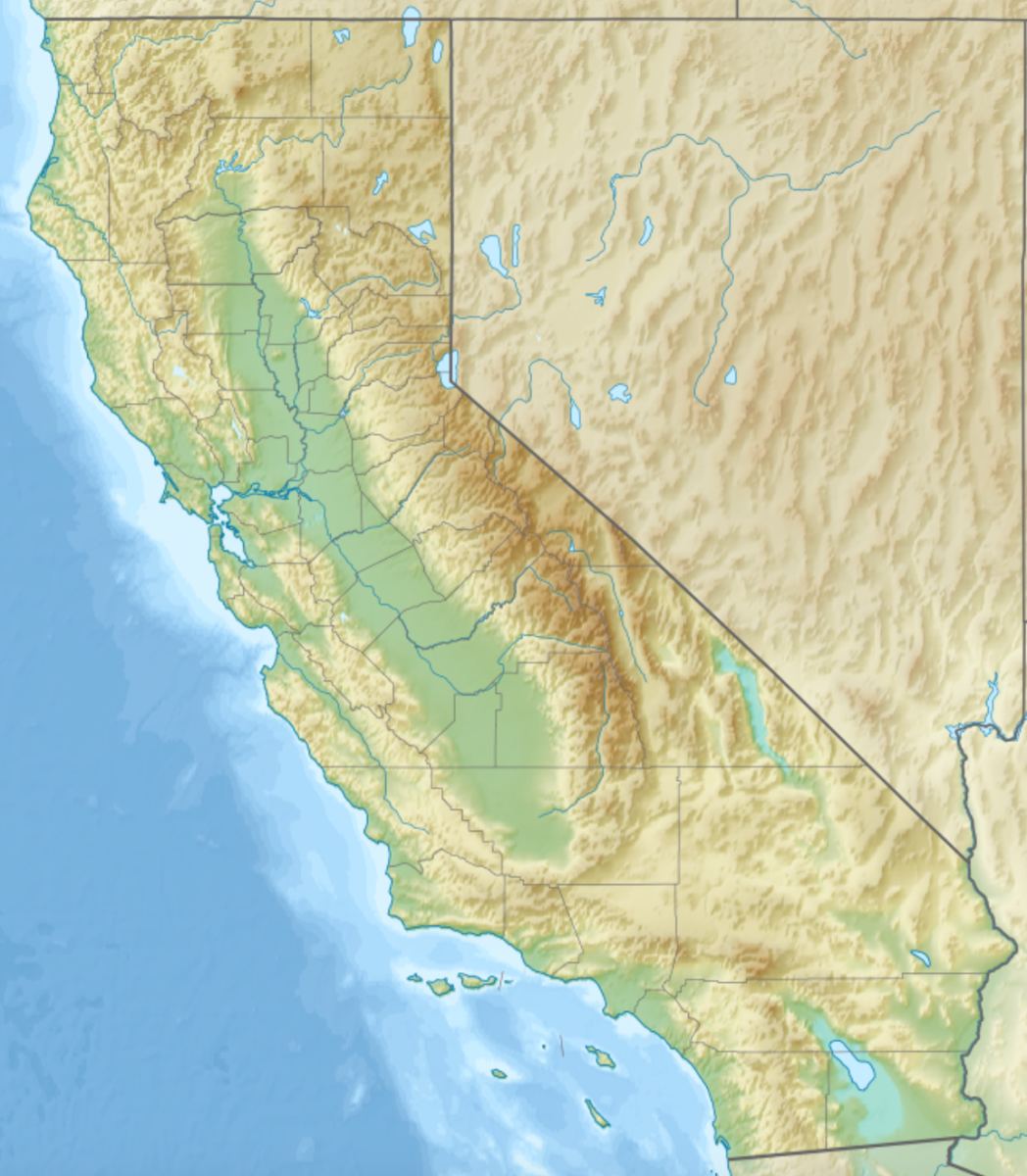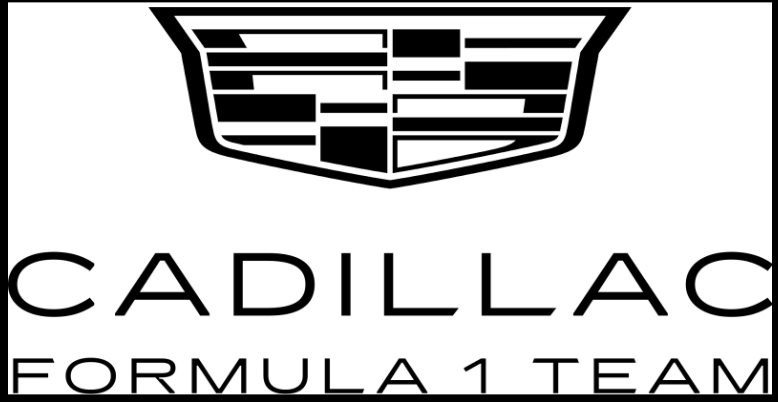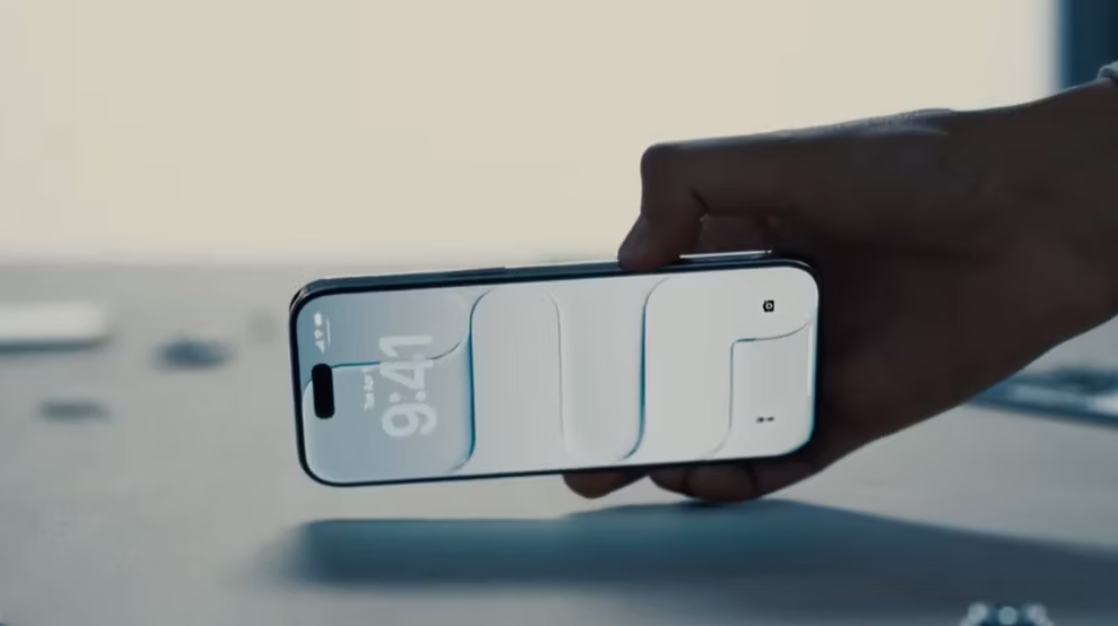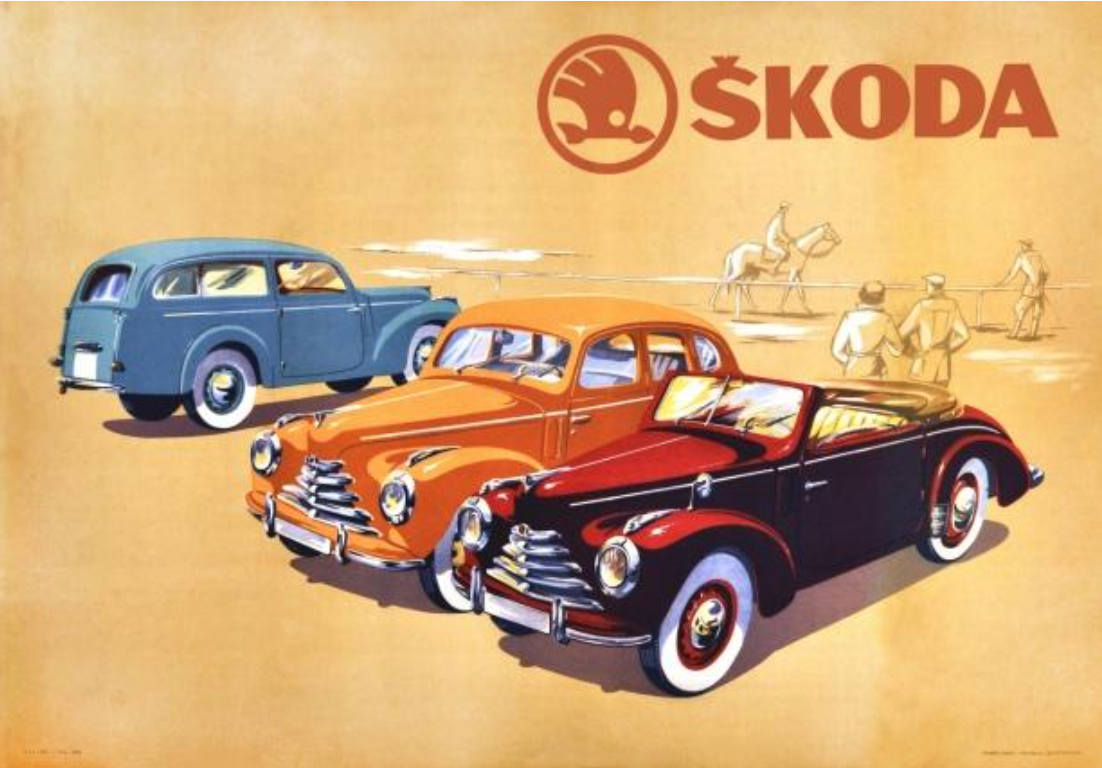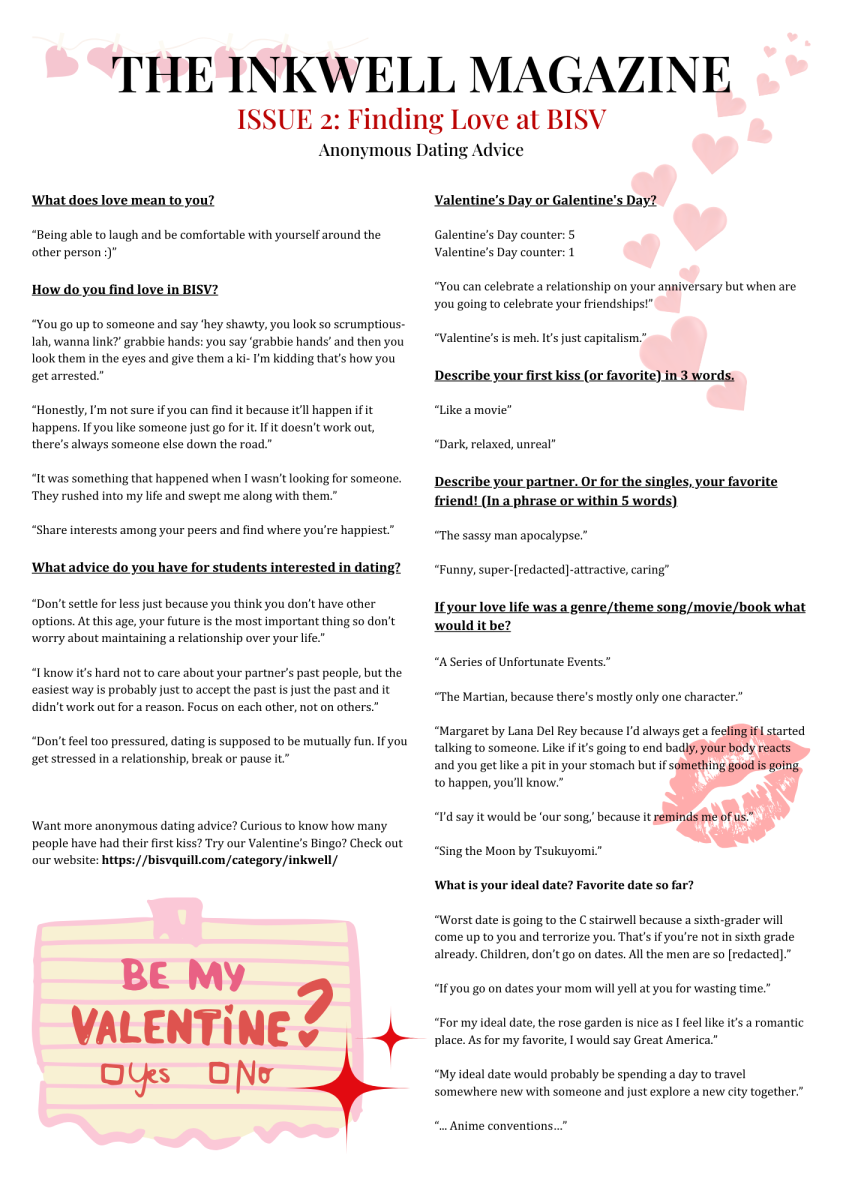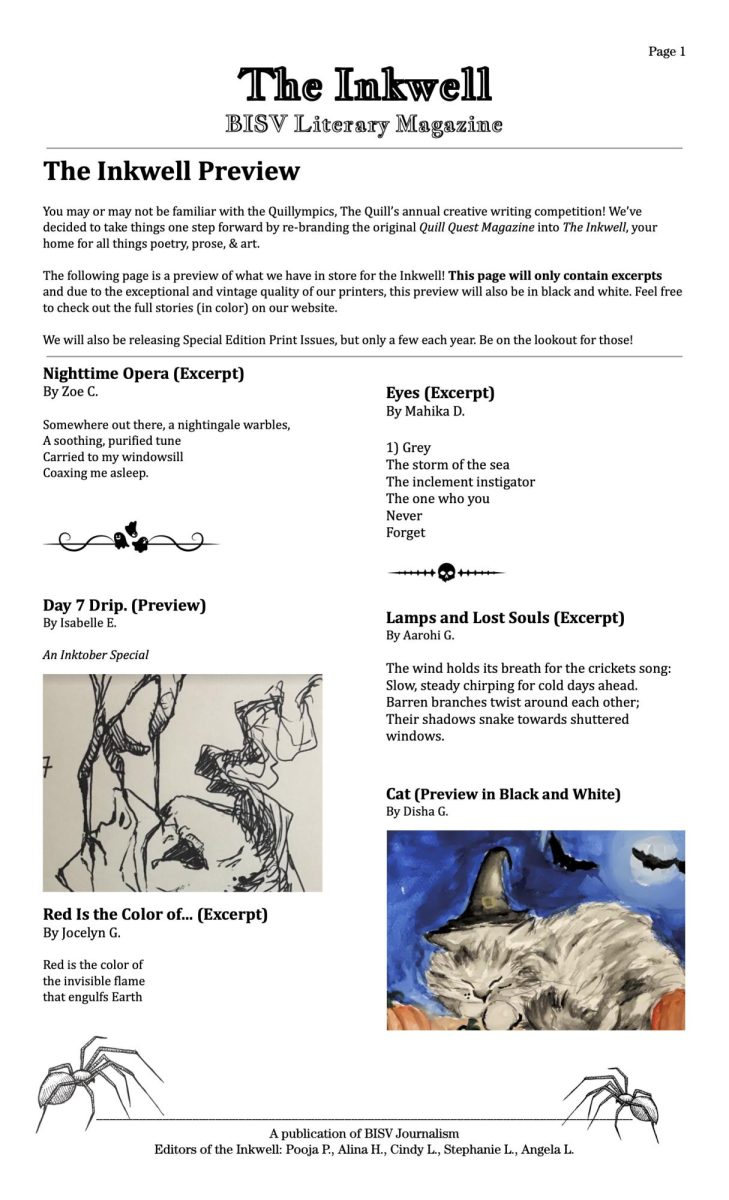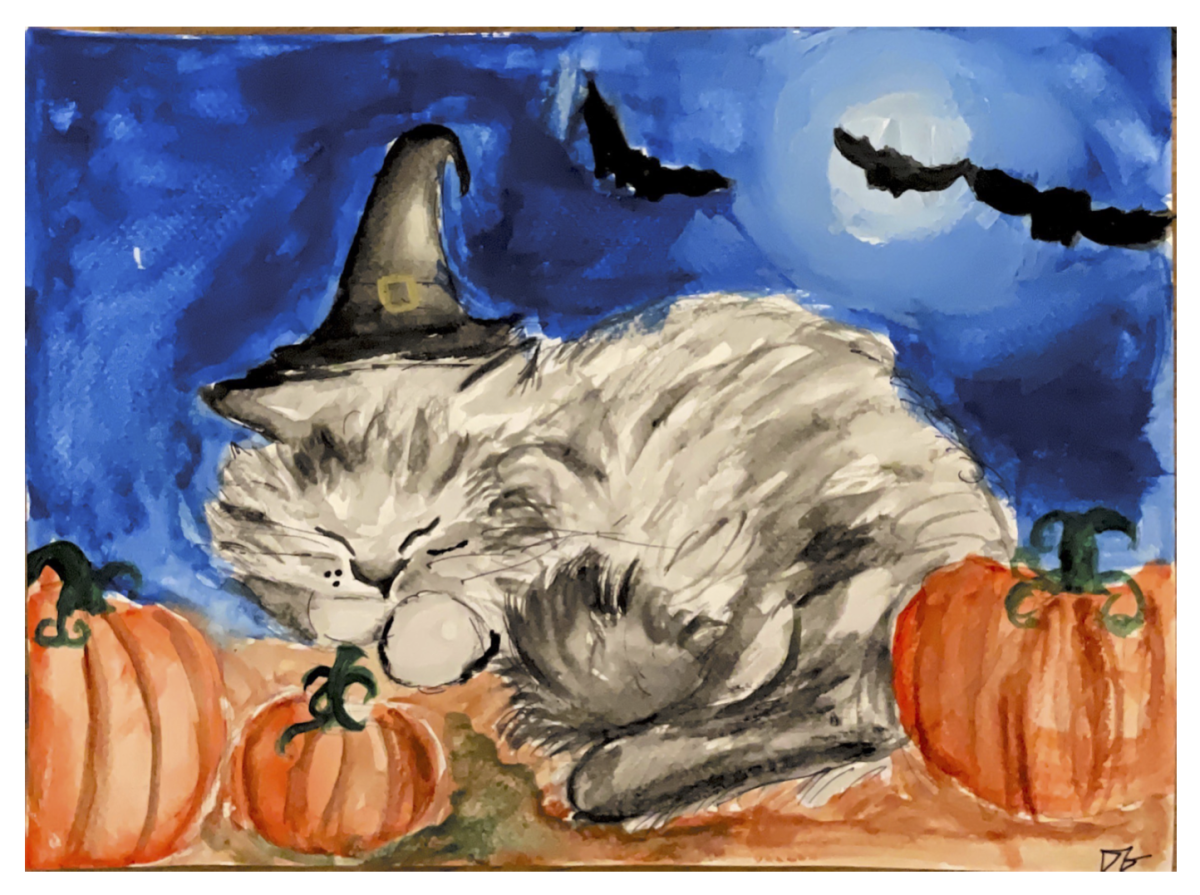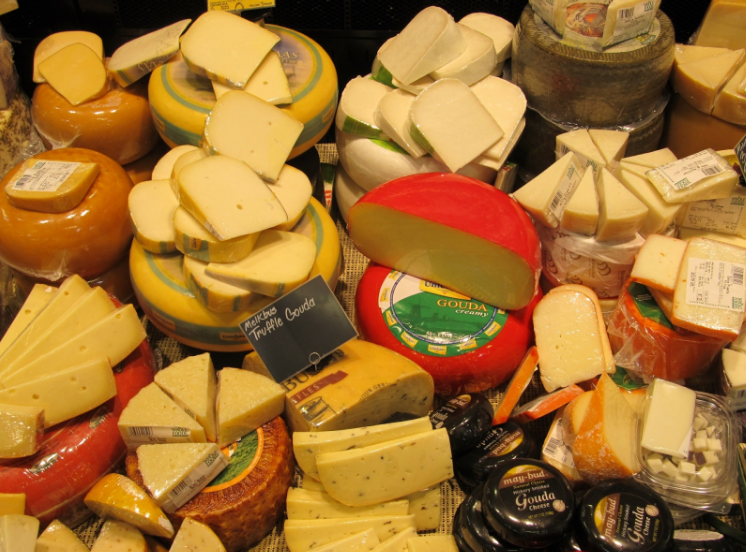There have been many times throughout history when a significantly larger power has been humiliated by a random small country. Instances that may come to mind include the American Revolution, the Vietnam War, and the Winter War. However, none of those are as sad as the time that the United Kingdom lost to a country with no standing army whatsoever: Iceland. Bear in mind the fact that neither of them engaged in any military conflict. This conflict was known as the Cod Wars, and Iceland won three times.
Background
The conflict began with arguments over Iceland’s fishing waters which go back centuries—long before Iceland became an independent republic. However, I’ll just be going over the buildup post-Icelandic independence, which was in 1944.
British fishing activity in Icelandic waters had been on the increase, much to the Icelanders’ dismay. Therefore, in 1949, Iceland began the process of repealing the Anglo-Danish Territorial Waters Agreement, extending the fishery limits on its north from 3 nautical miles to 4 nautical miles (1 nautical mile: 1.15 miles). British trawlers did not use those grounds, so it didn’t cause much controversy. However, the British were less complacent when Iceland declared its intent to expand those limits for the rest of the island in 1952. In retaliation, the United Kingdom imposed sanctions by banning Icelandic fish in British ports. Since the UK was Iceland’s main export market for fish, this was a heavy blow on the Icelandic fishing industry.
Fortunately, this was in the Cold War era, with two blocs fighting for influence on the global scale– the Soviet Union and the United States. And so, the Soviet Union stepped in to purchase Icelandic fish. To counter this, The United States also began to import more Icelandic fish and convinced Spain and Italy to do the same. This effectively filled the hole that the United Kingdom once filled, and Iceland had little reason to step down.
In the end, Iceland achieved its aims, and the United Kingdom recognized the new fishery limits that the island established in 1956. Whether this dispute counted as one of the Cod Wars is still debated. Though Icelandic goals were the same for the other three, the British navy never really needed to personally intervene. However, that would change for the next three.
The First Cod War
Two years later, in 1958, Iceland expanded its fishery limits from 4 nautical miles to 12. Not one member of NATO (the North Atlantic Treaty Organization, a military alliance started by the United States to counter Soviet dominance) was pleased with this, but the British were even less so. They declared that their trawlers would fish under the protection of warships in three areas within this extension, and they followed through with that promise. Twenty British trawlers, four warships, and a supply vessel were placed in those areas. The deployment of the Royal Navy in contested waters sparked protests in Iceland. In response to demonstrations against the British embassy, the British ambassador Andrew Gilchrist taunted them, playing bagpipe music and military marches on his gramophone.
Iceland was at a disadvantage. The area was very big, and the most they had were two large patrol vessels and four small patrol vessels. Out of all of them, only one would have been able to effectively arrest and tow a trawler to the harbor (this ship was the flagship Þór).
What came next was a mess of “battles.” The ICGV Ægir, an Icelandic patrol vessel, attempted to remove a trawler but was thwarted when the HMS Russel intervened, and the two vessels collided. On October 6, the María Júlía fired three shots at a trawler, forcing it to escape to sea. On October 12, the aforementioned flagship Þór encountered the trawler Hackness, which had not stowed its nets legally. The Hackness did not stop until Þór fired two blanks and a live shell. The HMS Russel intervened once again—the Russel’s shipmaster told Þór’s captain to leave the trawler alone. Þór did not want to leave the trawler alone, but it backed down when the Russel threatened to sink the ship.
Finally, Iceland took the case to NATO. It had quite a strong case, basically saying:
“Kick the British out of our waters or we’re leaving NATO.”
“Oh cod, please no.”
That pun has been considered to be one of NATO’s most aggressive acts against Iceland, as all the diplomats immediately sustained immense mental trauma and were institutionalized for the rest of their lives.
NATO did not want Iceland to leave, so they let Iceland expand its waters. In exchange, Iceland would take further claims before the International Court of Justice. That was the First Cod War.
The Second Cod War
Iceland was happy to push its luck, and push it did, in 1972— 12 nautical miles to 50. Iceland considered 200 nautical miles, but it decided there wasn’t any point.
Iceland’s generosity was not enough, unfortunately, to appease the British. In addition, all Western European states and the Warsaw Pact were both unilaterally opposed. In addition, Iceland did not take those claims to the International Court of Justice as promised. Despite all this, Iceland began to enforce this extension on September 1st, 1972. The ICGV Ægir (a different one than from the first Cod War) chased 16 trawlers out of the 50 nautical mile zone.
On the 5th, the Ægir encountered an unmarked trawler northeast of Hornbanki. The trawler refused to divulge its name, and when it was warned to follow the Coast Guard’s orders, it played Rule, Britannia! over the radio. Offended, the Ægir moved in to show who really ruled the waves. It used a net cutter to slice one of the trawling wires. The trawler’s angry crew threw coal, waste, and a large fire axe at the vessel. Rule, Britannia! was replaced by a good amount of swearing and shouting.
On May 17, 1973, British trawlers left the contested area and returned escorted by British frigates in a naval operation nicknamed Operation Dewey. Iceland was infuriated, even considering calling Article 5 of the NATO Charter. In Reykjavík, there were major protests, breaking all the windows of the British embassy. Ólafur Jóhannesson, prime minister of Iceland, allegedly demanded that the U.S. send jets to bomb the frigates, but the U.S. did not intervene.
The first and only confirmed fatality of the conflict happened on August 29th, when the ICGV Ægir collided with the HMS Apollo. An engineer who was making hull repairs died from electrocution when seawater flooded the compartment he was working in.
Eventually, Joseph Luns, Secretary-General of NATO, had to intervene. He went to Reykjavik to talk with Icelandic ministers. The conversations went something like this:
“Kick the British out of our waters or we’re leaving NATO.”
“You can’t just hold that over our head forever.”
“Yes, we can. Watch us do it again next time.”
“You have cod to be kidding me.”
Because of that pun, it was during the Second Cod War that Iceland came the closest to leaving NATO. Iceland didn’t do so because NATO ultimately let them expand their waters, but the prime minister of Iceland allegedly drafted a plan detailing how Iceland would completely capitulate every country in NATO simultaneously. How he intended to do that with no standing army, nobody was sure, but when NATO got its hands on the plan in 2013, it was immediately destroyed because top military analysts said that there was no way NATO would be able to defend against it, not even with prior knowledge.
Why was Iceland able to exploit its membership in NATO like this? To put it simply, Iceland was a key point in the GIUK (Greenland-Iceland-UK) gap. The Royal Navy made use of bases in Iceland to guard that gap, which was its primary NATO duty. If Iceland withdrew from NATO, NATO would be losing control of an important strategic point, and it would be especially bad if the Warsaw Pact was able to take advantage of it. And so, on October 3, British warships withdrew from the waters, playing Rule Britannia! as a parting shot.
The Third Cod War
The Icelanders said that they were going to do it again, and they would carry out that promise. On July 15, 1975, Iceland declared its intention to extend its fishery lines again, now to 200 nautical miles. The British government was not too pleased about this and refused to recognize this extension.
Though the previous two Cod Wars were hard-fought and defined a sharp turning point in Icelandic relations with the United Kingdom and NATO, they were overall very passive and amusing, especially considering the mess that was Cold War politics. Maybe a more aggressive version of the Whiskey War between Canada and Denmark. However, the third Cod War was not marked with the same tomfoolery associated with the first two.
The early phase of the war was mostly marked by trawl-cutting and ramming of ships by both sides. However, on December 11, 1975, one of the most serious incidents of the Cod Wars happened when the V/s Þór, commanded by Helgi Hallvarðsson, received orders to investigate several unidentified foreign vessels at the mouth of Seyðisfjörður. Those unidentified foreign objects were actually British ships that were sheltering from a force nine gale within Iceland’s territorial waters. (Note that this is not in the contested waters established by Reykjavík before the third Cod War; rather, it was in the territorial waters recognized by London after the second Cod War.) When requested to leave, the three ships initially complied. However, one of the ships, the Star Aquarius, allegedly veered to starboard and hit the Þór’s port side. The Þór was rammed several more times by the other ships, prompting it to fire a blank shot, then a live one that hit the Star Aquarius’ bow. The boats retreated.
British reports of the incident hold that Þór attempted to board one of the boats and another one of the three ships surged to protect it. Before the Prime Minister or the Foreign Secretary were informed, the Royal Navy sent a fleet of frigates into Icelandic waters. They sent some of their older models, in part to spite the Chancellor of Exchequer and former Minister of Defence Denis Healey, who was threatening them with serious defense and naval cuts.
A total of 22 British frigates were deployed, a number of which were refitted into specialized ramming crafts. The Icelandic force was composed of four patrol vessels and two armed trawlers. The Royal Navy was prepared to accept serious damage to its Cold War frigate fleet, which disabled part of its North Atlantic capacity for a year and cost millions of dollars. The British found the Cod Wars to be necessary conflicts and a serious threat to the Western Alliance.
Inevitably, NATO had to get involved.
“You better not say you’re going to leave NATO. You can’t just impose whatever terms you want and threaten to leave NATO if you disagree.”
“Well, what if we shut down your base in Keflavík?”
“COD DAMMIT.”
Iceland immediately demanded Article 5 to be invoked. NATO agreed to do so. However, NATO couldn’t invade itself, so all the NATO members just decided to capitulate themselves. The war is ongoing. For more information on how this war is currently affecting the United States, look up “2024 presidential election.”
At last, an agreement was made. Iceland allowed the United Kingdom to keep 24 trawlers within the 200 nautical miles limit and fish a total of 30,000 tons. Iceland took the most serious action in all the Cod Wars when it subsequently ended diplomatic relations with the United Kingdom.
Aftermath
British fisheries, on the decline, took the fatal blow. Thousands of skilled fishermen lost their jobs, as well as people in related trades. The United Kingdom offered a £1,000 compensation to the fishermen who lost their livelihoods, 35 years after they initially lost their jobs. The government has been heavily criticized for both their delayed and inefficient payments.
Icelandic nationalism was heavily boosted. They were hardly thought of as a nation that never needed to compromise, but they did. They succeeded unilaterally and bilaterally and imposed their terms without needing to make sufficient concessions.
The Cod Wars would influence Iceland-UK relations and reports regarding such for years. Relations have since improved and they continued diplomatic relations, but those wars continued to complicate relations and their response to future disputes.
The European Union (EU) also made fun of the United Kingdom about it so much that it was considering leaving. The UN classified it as bullying due to its consistent and pervasive nature and made the EU apologize. Unfortunately, the UK didn’t accept their apology and left the EU anyway.
Key Takeaways
-The word “cod” has infinite pun potential
-Brexit was caused by fish
-Iceland is the true global superpower
-I don’t know anything about politics
Sources
Click here for a list of my sources (yes i used wikipedia)
D., Hunter. What source? I made it up. The Quill, BASIS Independent Silicon Valley. 2024.
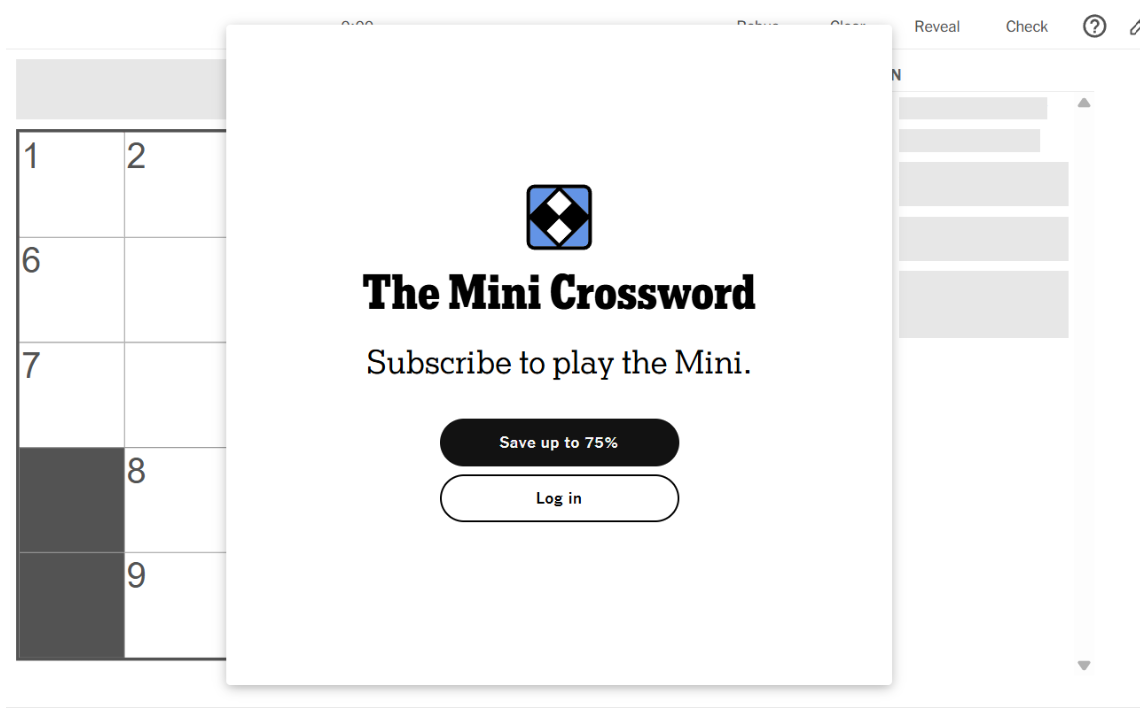


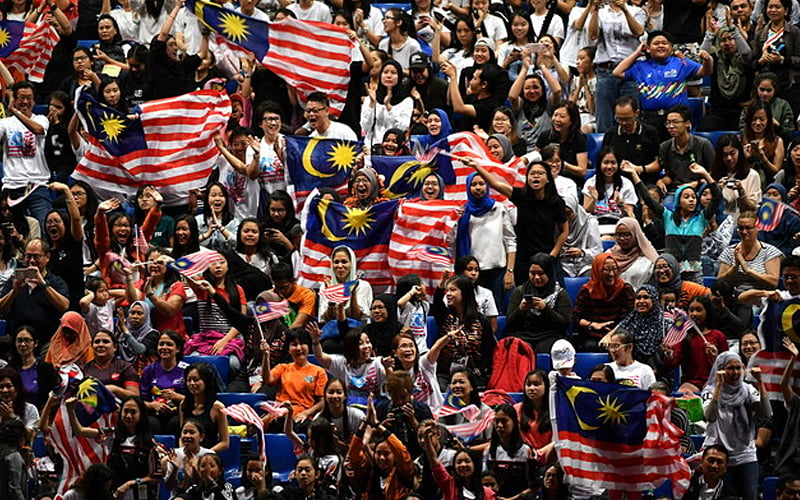


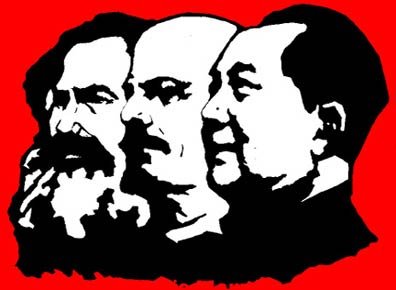
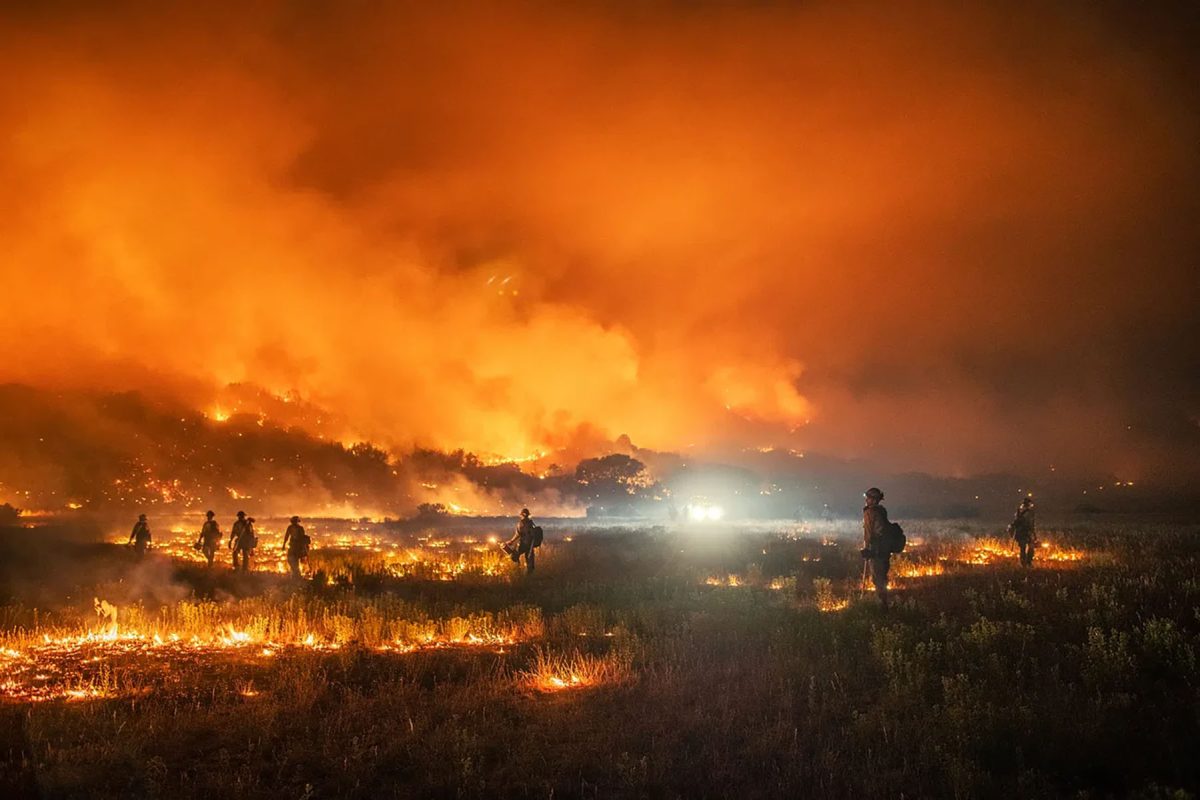

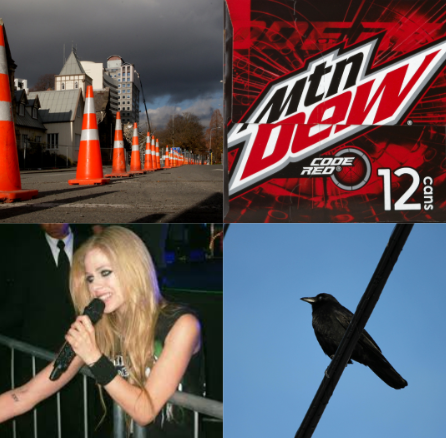
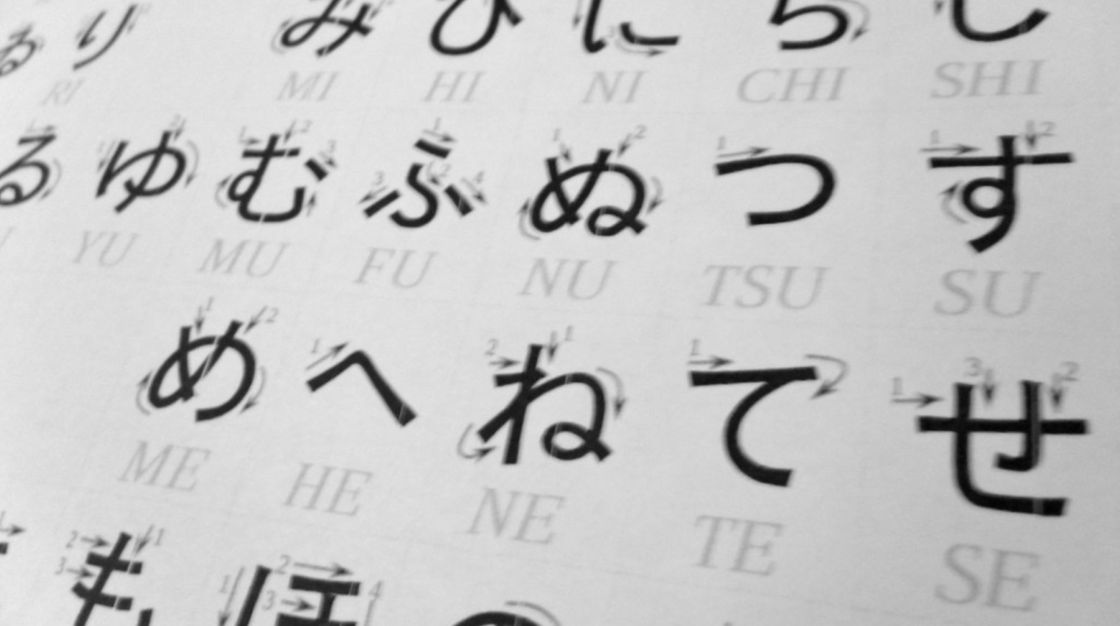
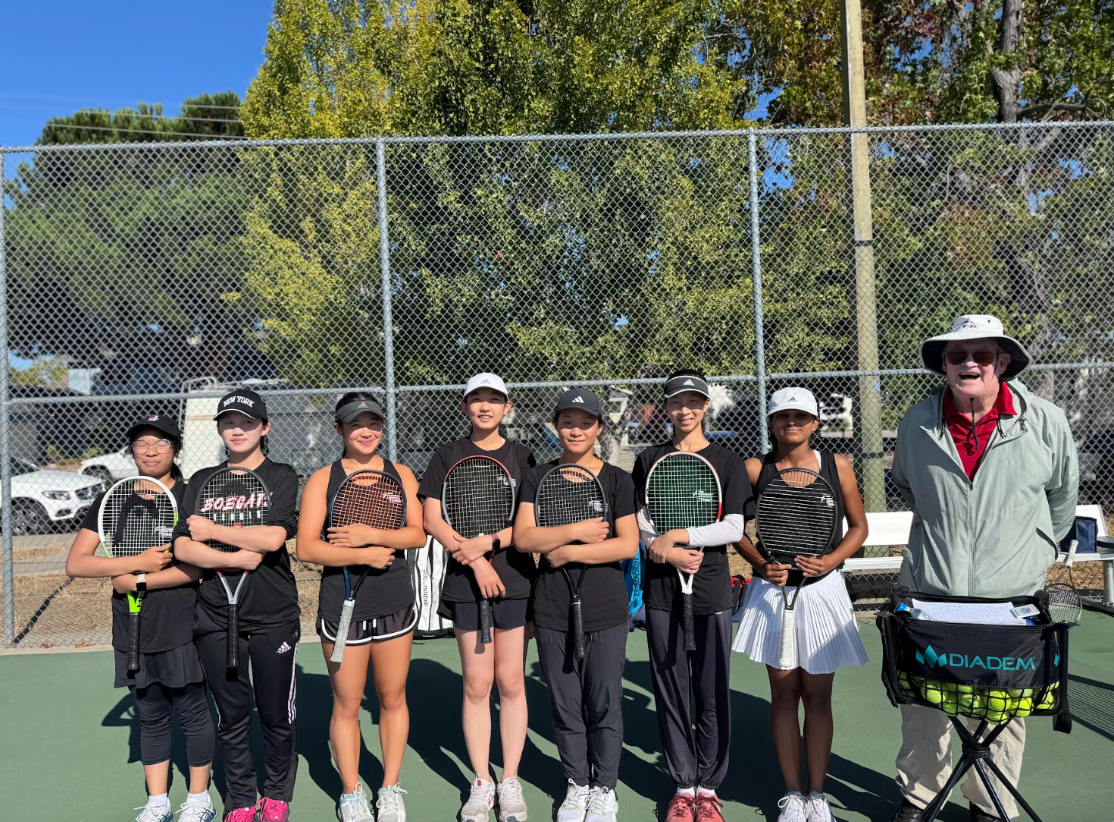

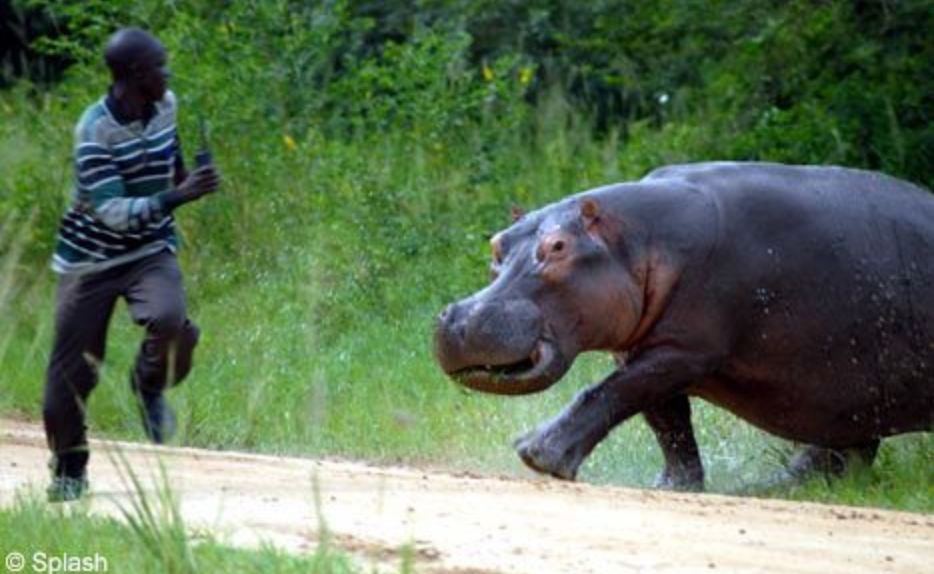



![Teacher [Milk] Tea: Part 2](https://bisvquill.com/wp-content/uploads/2024/03/Screen-Shot-2024-03-19-at-9.28.48-PM.png)
